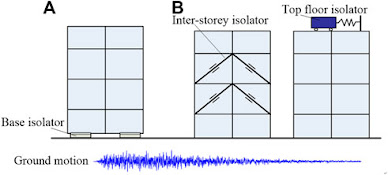final project: architect 3
Carlo Scarpa
Venice was the birthplace of Scarpa. His family moved to
Vicenza when he was two years old, and he spent a large portion of his early
years there. He returned to Venice with his father and brother following the
death of his mother when he was thirteen. While attending the Academy of Fine
Arts, Carlo concentrated on his studies of architecture. After earning his
degree from the Accademia in Venice and being appointed Professor of
Architecture, he worked as an apprentice to Francesco Rinaldo, an architect. Scarpa
wed Nini Lazzari (Onorina Lazzari), Rinaldo's niece.
With its roots in a sensual material imagination, his architecture is incredibly sensitive to the passage of time, from seasons to history. He and Giuseppe Mazzariol advised Mario Botta's thesis; after Scarpa finished his restoration and garden for the Fondazione Querini Stampalia, the latter became its director. From the late 1940s until his death in 1956, Scarpa was a drawing and interior decoration instructor at the "Istituto universitario di architettura di Venezia". Although most of his constructed works are found in the Veneto, he also designed buildings, gardens, and landscapes for other parts of Italy as well as Canada, the US, Saudi Arabia, France, and Switzerland. His eleven-letter name appears frequently in his architectural designs. Frascari, Marco (June 1999).
Tobia, his son, made changes to one of his final projects, the Villa Palazzetto in Monselice, which was unfinished when he passed away in October 2006. Notwithstanding the Brion Sanctuary, this project is among Scarpa's most ambitious landscape and garden undertakings. The reason for Scarpa's first trip to Japan was Cassina's representative, Aldo Businaro, for whom it was carried out. Just a few months before the new stairway at the Villa Palazzetto erected in honor of Scarpa's centennial was finished, Aldo Businaro passed away in August 2006.
Villa Palazzetto, Monselice, Italy
REFERENCES:
Frascari, Marco (June 1999). "Architectural Traces of an Admirable Cipher: Eleven in the Opus of Carlo Scarpa". Nexus Network Journal. 1 (1–2): 7–22. doi:10.1007/s00004-998-0002





Comments
Post a Comment